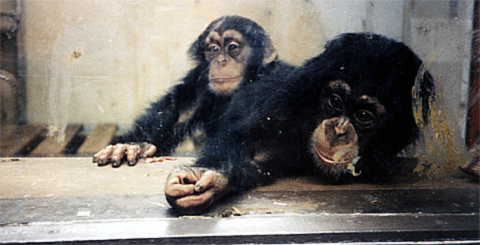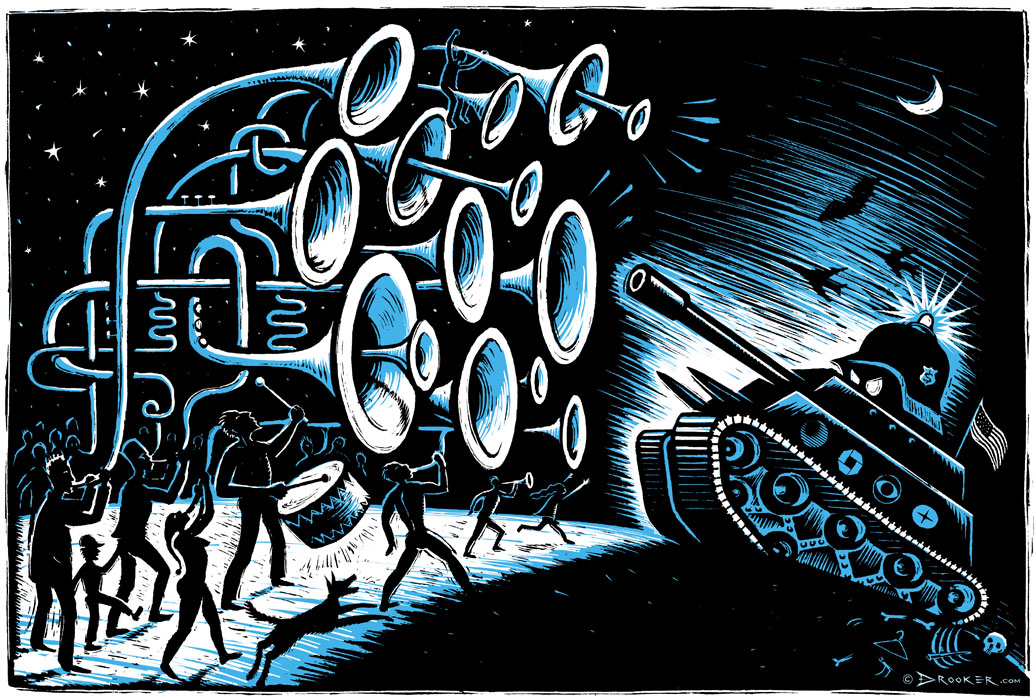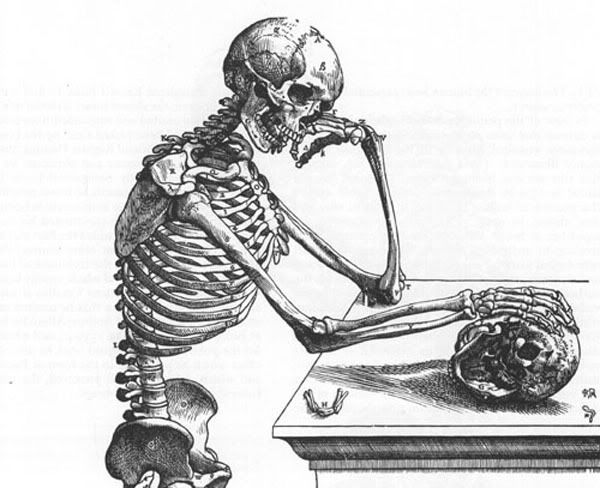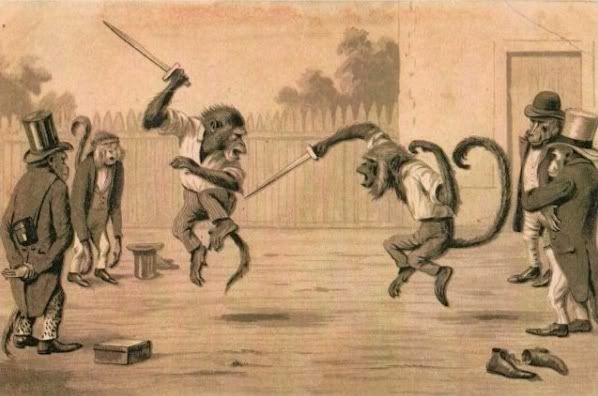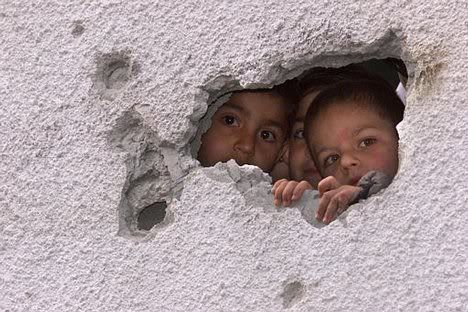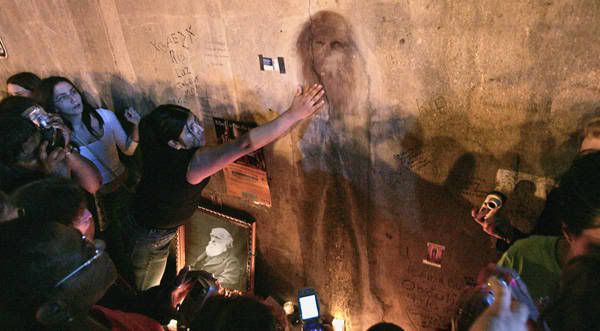 Anup Shaw over at Global Issues has collected an exhaustive collection of recent analysis on the loss of biodiversity in the last few years.
Anup Shaw over at Global Issues has collected an exhaustive collection of recent analysis on the loss of biodiversity in the last few years.
As I wrote in my recent post Rivalry Among the Reefs, the loss of up to 1/3 of coral reefs in recent years could result in unprecedented extinctions of ocean biodiversity.
While occupying only 0.2 percent of the world’s oceans, coral reefs sustain 25 percent of species diversity; an oceanographic public works project that has been in existence for 3.5 billion years. . . Current estimates are that one-third of the world’s coral reefs are in imminent danger of extinction. In an international survey of these most diverse ecosystems in our oceans, researchers determined that global climate change is increasing the average temperature of the Earth’s oceans. This is killing the photosynthetic algae that has adapted into a pristine symbiotic relationship with their hosts. Coral bleaching on a global scale is the result and mass extinction will be the inevitable conclusion unless this trend is reversed.But loss of biodiversity in the oceans is only one region currently experiencing crisis. The collection of studies and warnings from experts around the world that Anup has gathered are truly staggering. See below for a sample of some of what he posts:
Already resources are depleting, with the report showing that vertebrate species populations have declined by about one-third in the 33 years from 1970 to 2003. At the same time, humanity’s Ecological Footprint—the demand people place upon the natural world—has increased to the point where the Earth is unable to keep up in the struggle to regenerate.- World Wide Fund for Nature, October 24, 2006
The world environmental situation is likely to be further aggravated by the increasingly rapid, large scale global extinction of species. It occurred in the 20th century at a rate that was a thousand times higher than the average rate during the preceding 65 million years. This is likely to destabilize various ecosystems including agricultural systems.- Jaan Suurkula, Physicians and Scientists for Responsible Application of Science and Technology, February 6, 2004
If current estimates of amphibian species in imminent danger of extinction are included in these calculations, then the current amphibian extinction rate may range from 25,039–45,474 times the background extinction rate for amphibians. It is difficult to explain this unprecedented and accelerating rate of extinction as a natural phenomenon.- Malcom MacCallum, Journal of Herpetology, July 17, 2007
Junk-food chains, including KFC and Pizza Hut, are under attack from major environmental groups in the United States and other developed countries because of their environmental impact. Intensive breeding of livestock and poultry for such restaurants leads to deforestation, land degradation, and contamination of water sources and other natural resources. For every pound of red meat, poultry, eggs, and milk produced, farm fields lose about five pounds of irreplaceable top soil. The water necessary for meat breeding comes to about 190 gallons per animal per day, or ten times what a normal Indian family is supposed to use in one day, if it gets water at all.- Vandana Shiva, Stolen Harvest, (South End Press, 2000), pp. 70-71
[Read more →]


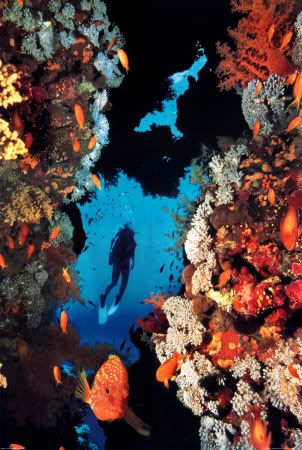
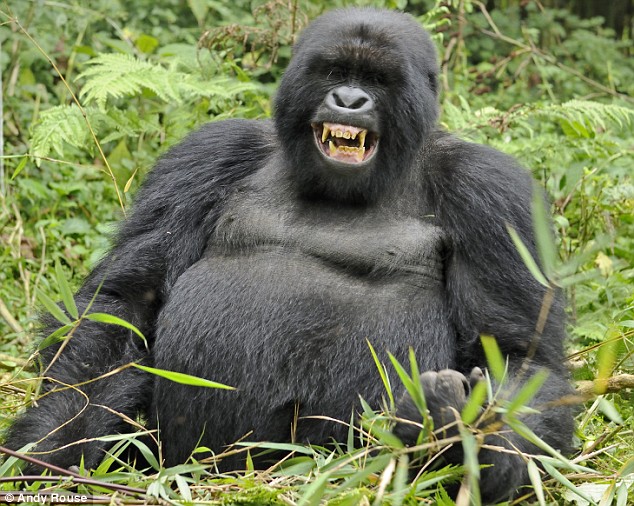
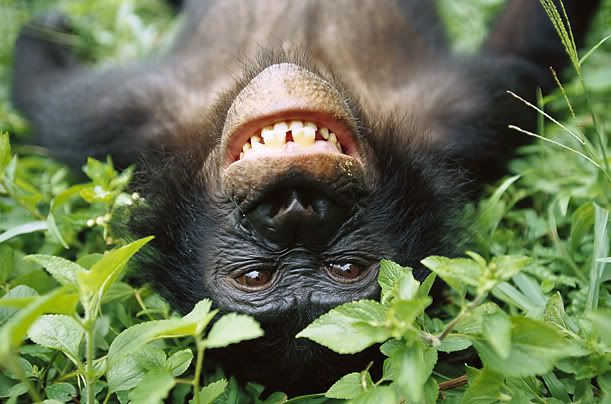

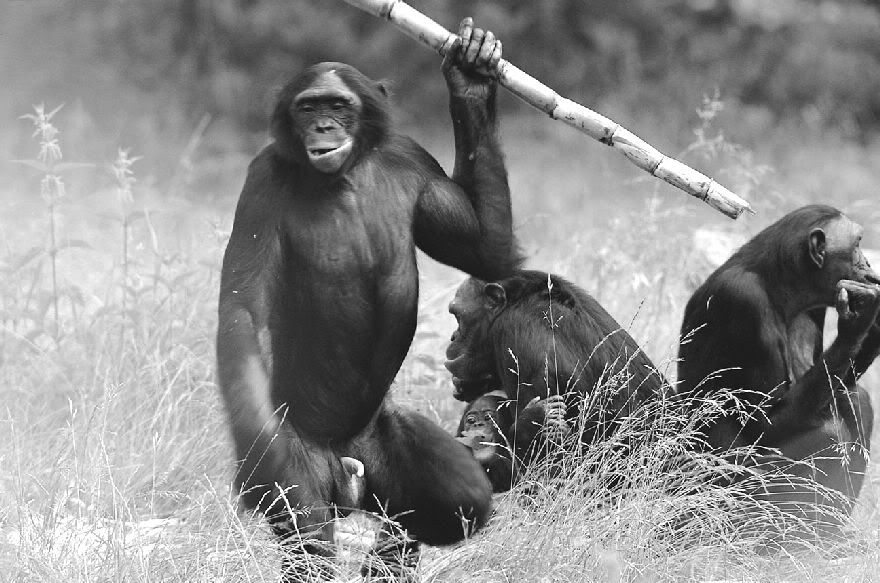
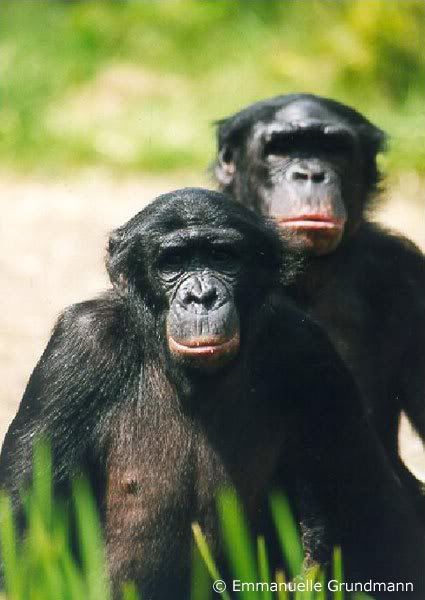 A new
A new 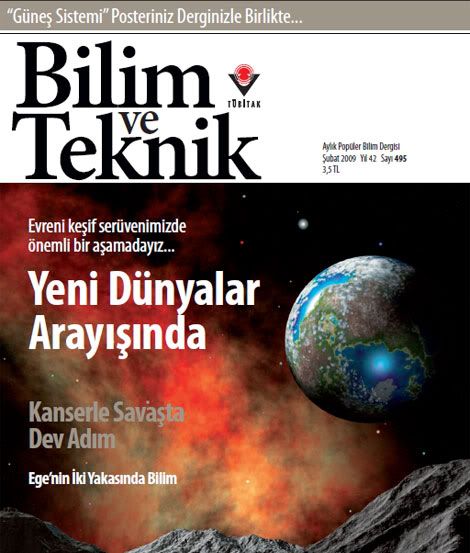 As reported in the
As reported in the 



 I received two rather interesting e-mails this morning in response to my post
I received two rather interesting e-mails this morning in response to my post 


 Writing today in
Writing today in 

